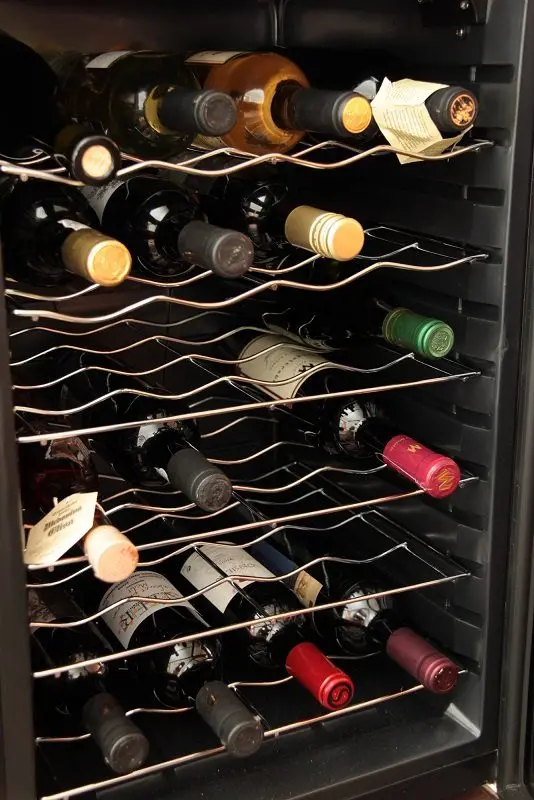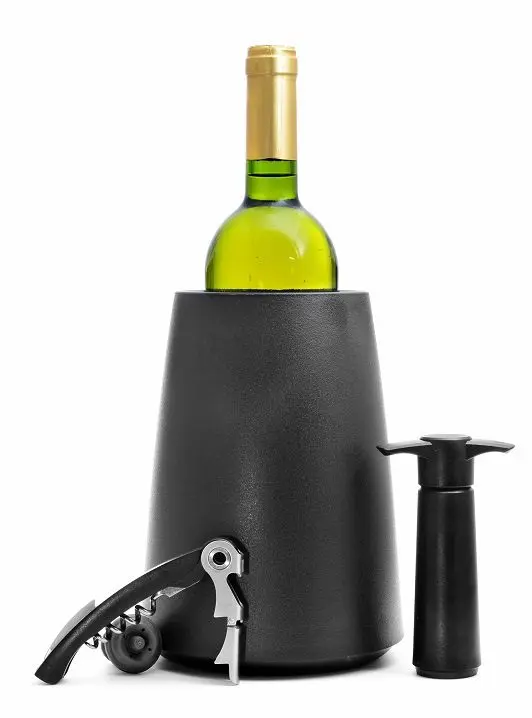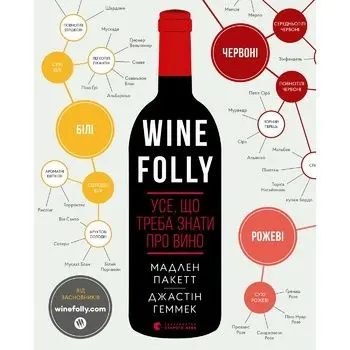When buying a large batch of bottled wine, remember that, unlike vodka, whiskey or cognac, this live drink requires special storage conditions. A few days the wine can stand in a cool dark place, but with a long exposure, you need to control many more parameters that affect the shelf life.
Theory
Wine is not made by people, but by microorganisms. Masters only create suitable conditions (temperature, light, sugar content, acidity, etc.) for some bacteria – wine yeast and prevent the development of others that produce vinegar and mold. But even after the wine is bottled, the bacteria in it do not die, they “fall asleep”, waiting for favorable conditions. The activation of any micro-organisms has a negative effect on the wine; it is important to prevent this during storage.
Another shelf life depends on the type of wine, more precisely on the content of alcohol, sugar, acid and tannins in it. Most white wines are kept for 2-3 years, red wines for 2-10 years. Some elite wines, for example, from the French provinces of Bordeaux and Burgundy, are aged up to 100 years. In turn, Beaujolais red wines are stored for no more than a year. This must be taken into account when stocking wine in advance.
According to Russian law, food manufacturers are required to indicate their guaranteed shelf life. It is interesting that for all wines it is almost the same – 12-24 months. This is confusing for buyers who know that many wines need to be stored much longer. But if you understand the meaning of the term, everything falls into place.
Warranty period – this is the period during which the wine will not undergo physical and chemical changes in color, smell, taste, sediment and consistency that are not provided for by the technical standards of production. To do this, sulfur and other preservatives are added to the composition to prevent the development of bacteria. Over time, their effect weakens.
Wine is drunk even after the end of the warranty period; if stored properly, it will not deteriorate, but it can change its organoleptic properties. For example, a precipitate will appear or the shade will change. For many elite wines, such a transformation is even desirable; in the language of winemakers, this is called “aging”.
Shelf life of bottled wine
Depends on storage conditions. The optimum temperature is 10-15°C. At a higher temperature, the drink quickly oxidizes, loses its freshness of taste, at a low temperature it stops ripening, and after freezing it is no longer possible to restore its taste. Sharp temperature drops over 5-10 degrees are also undesirable, they can ruin the wine in a few hours.
In places of storage, it is necessary to maintain a constant humidity of 60-80%, which prevents the cork from drying out or mold. Even artificial bright light leads to rapid aging of the wine, and direct sunlight spoils it in a couple of days. Bottles (preferably made of dark glass) are best stored in a horizontal position so that the cork does not dry out. They must have a secure fit, not be subjected to vibration, shock, oscillation and strong noise.
Only two places are suitable for long-term storage of wine: the cellar and the wine cabinet. The basement is considered a classic, but for most city dwellers it is a pipe dream. It is better for them to think about purchasing a good wine cabinet, in which automation maintains the desired microclimate. Manufacturers have options designed for a different number of bottles.

Shelf life of open wine
Once the cork is opened, oxygen enters the bottle, causing the wine to oxidize. The more air entered and the higher the temperature, the faster this process proceeds. You can’t stop it, you can only slow it down. Changes in taste are felt after a few hours, and after 2-3 days any wine turns into vinegar.
To prolong the life of the wine, it is enough to pour it into a container of a smaller volume (it is advisable to fill it up to the very neck), tightly close the bottle with a cork and put it in the refrigerator. This simple method will increase the shelf life of open sparkling wine (champagne) from 4 to 24 hours, white wine – from 1 to 3 days, red – from 1 to 5 days, fortified – up to 7 days.

Restaurants and bars use special devices that close the bottle tightly and pump air out of it, creating a vacuum. But they have one drawback – the wine loses its aroma. It is not advisable to use these devices at home.










